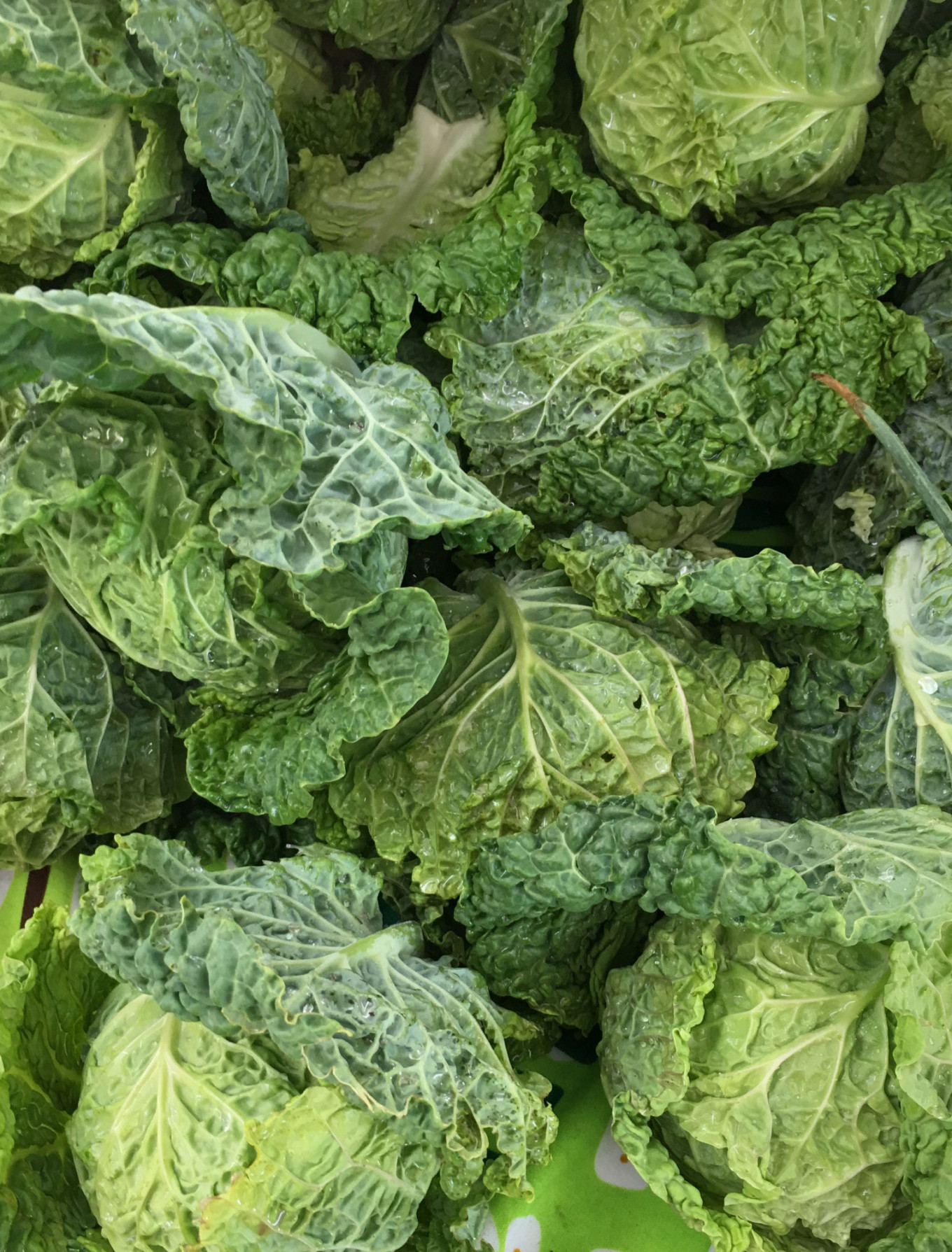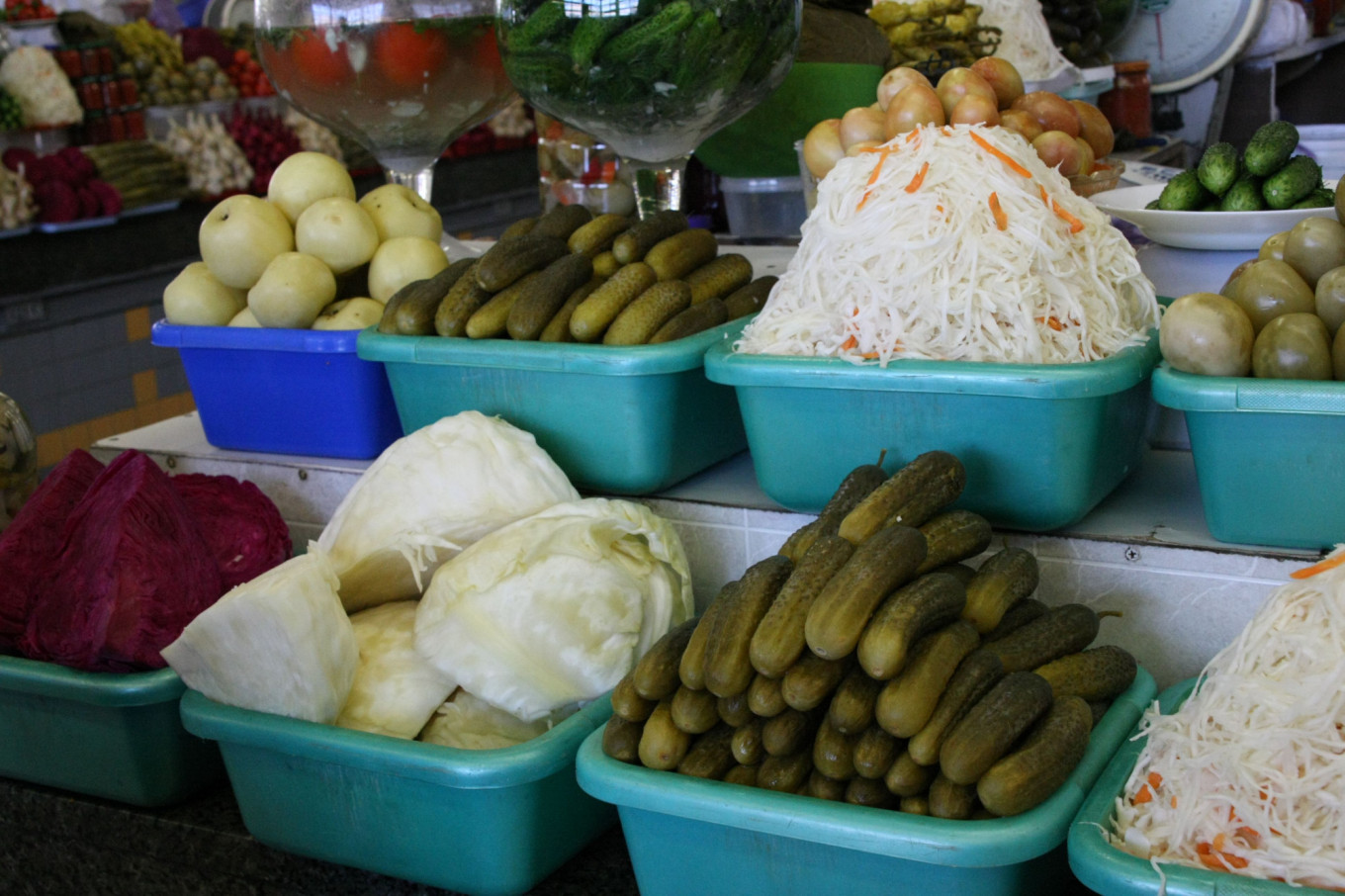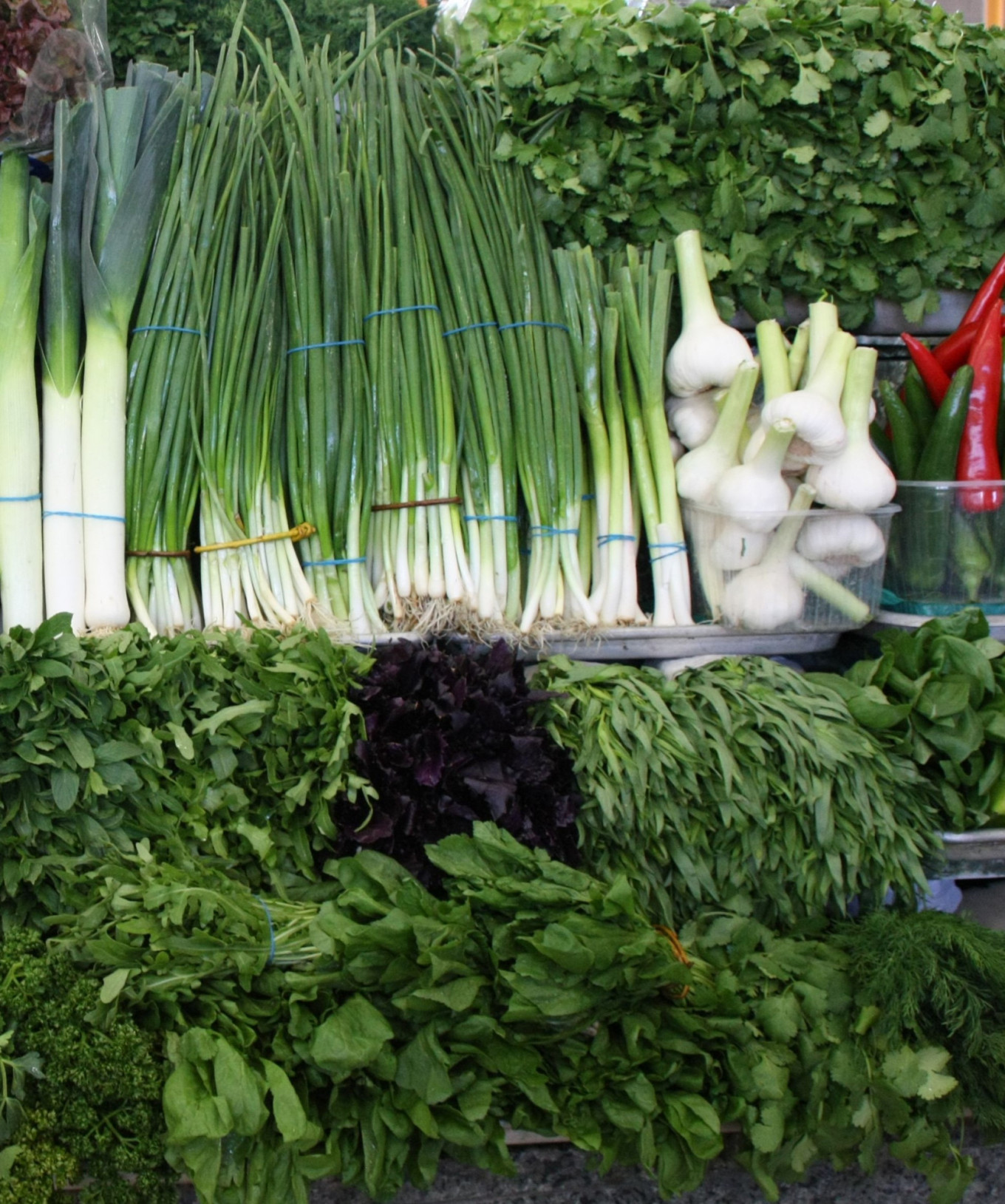I’ve just finished celebrating what the Russians call “Catholic Christmas” with the usual cornucopia of rich foods: triple cream cheese, fresh oysters, beef, potatoes swimming in cream, chocolate sauce, ham, and more Christmas cookies than I care to count. With Russian New Year and all its high cholesterol mayonnaise-based salads looming on the horizon, it seems prudent to spend a few days detoxing and cleansing my system.
Cabbage soup to the rescue!
Though Russian remains resolute in the borshch wars — that fierce, ongoing struggle to determine which Slavic nation holds the copyright on Eastern Europe’s beloved beet soup, shchi (cabbage soup) may well be the more legitimate claimant to Russia’s national soup stakes. This hearty pottage has been around since Russia’s tenth-century conversion to the Byzantine form of Orthodox Christianity. As religious doctrine traveled up the Dnieper River from Constantinople, so too did Greek culture, including culinary traditions and ingredients including several of the key components of shchi: onions, garlic, peppercorns, bay leaves, and of course, cabbage. The merits of this hearty member of the brassica family were no doubt immediately apparent to the people of Kievan Rus. Easy to grow and safe to store over the long winter, cabbages also provided a filling substitute for meat and fish during the Orthodox calendar’s mandated days of ascetic fasting.

Cabbage soup spread quickly across the Slavic world, a template on which each region imprinted its signature stamp, using local ingredients and cooking methods. The technique of making shchi was — and is — relatively simple: it simmered “low and slow” inside the tile pechka or stove, which stood at the center of each dwelling, no matter how humble. In coastal regions, fish such as sterlet found its way into the soup, while pork or beef were popular in the grazing lands. Some versions have a distinct sweetness from apples, while others have the tart bite of horseradish. Each Slavic nation holds a version of cabbage soup dear, from Polish kapúsniak to Latvian kāpustu zupa.

Shchi’s universal popularity shines through Russia’s rich collection of folk sayings. The popular phrase, “your own father can become tedious, but shchi — never!” (“Родной отец надоест, а щи – никогда!”) speaks to the many iterations of shchi that the inventive and nimble Slavs have created over the years. From hearty meat-based shchi that is almost a stew to a delicate broth of spring nettles, sorrel, and green shoots, there is a cabbage soup for everyone! The popularity and ubiquity of shchi is reflected in a popular tongue twister all students of Russian are taught to differentiate the confusing Slavic sibilants: “Щи да каша–пища наша,” or “cabbage soup and kasha are our food.”
Shchi may well be the cause of the much-vaunted resilience of the Russian people: if you have to base your national diet around one vegetable, cabbage is an excellent choice. It’s packed with fiber, Vitamins C and K, and other nutrients and minerals, which promote heart health, reduce inflammation and cholesterol, and can lower blood pressure.

Despite its manifold health benefits, shchi gets a bad rap from those who have not experienced this hearty Eastern European staple at its best. Its distinctive smell does it no favors, lingering tenaciously in the corridors of institutions and communal apartments, and when thrown together with little thought to technique, the watery versions engender little enthusiasm. Many foreigners approach shchi warily, having endured the 5-7-day diet consisting entirely of watery cabbage soup hoping to shed excess weight. This fad diet became popular with celebrities in the 1950s but may have its origins in the cabbage soup given to American troops during World War I to stave off scurvy. And while cabbage is both low in calories and a very effective diuretic, most medical experts agree that a cabbage soup diet is only a temporary fix.

This will not deter me, however, from cooking up a big pot of shchi to live on for the next few days. I don’t expect my version will help me slim down, but it will make an agreeable change from all the rich food I’ve been consuming. And because I use copious amounts of soured cabbage in the soup, I’ll be promoting better gut health. So, let’s not call it a diet so much as a regime!
I have several versions of shchi in my arsenal, but for the depth of winter, this hearty smoked pork version is the most appropriate. I give all the vegetables, including the cabbage, a long roast; the caramelization turbo-charges the flavors and also helps to bring out the nutty, umami flavors of the cabbage and parsnips. I use fresh cherry tomatoes and tomato paste to build the flavor, and carrots and parsnips to add sweetness. The obligatory tang comes from the sauerkraut and its juice, and several toasted spices round out this hearty version of shchi.
“But, but, but Jennifer!” I hear you sputter, “what about the mushrooms?” I love mushrooms and I love shchi, but for me, they don’t play nicely together. But toss them in if you want to. And before you ask, no, I don’t include potatoes either; to my way of thinking, parsnips and carrots do a much better job of enhancing the flavor and bulking up the soup. But, again, if you feel strongly, by all means, add some potatoes, or apples, or flour, or whatever you want. After all, its well-traveled history proves that shchi is nothing if not open to endless creative interpretation!
Get ready for a happy New Year!
Shchi (Cabbage Soup)

Ingredients
• 1 smoked ham hock or ¾ lb of thick-cut smoked bacon
• 1 large head of green cabbage
• 2 medium-sized carrots, peeled and cut into a small dice
• 3 medium parsnips, peeled and cut into a small dice
• 2 cups of sauerkraut, roughly chopped with its juice
• 1 punnet of fresh cherry tomatoes
• 2 yellow onions, roughly chopped
• 8 cups (2 liters) beef or vegetable stock
• 6 Tbsp olive oil
• 1 head of garlic, cut on the bias
• 2 Tbsp tomato paste
• 3 Tbsp prepared horseradish
• 1 Tbsp brown sugar
• 6 sprigs fresh thyme
• 2 bay leaves
• 2 tsp caraway seeds
• 2 tsps whole juniper berries
• 1 tsp black peppercorns
• 1 tsp whole coriander seed
• 1/2 tsp white peppercorns
• 2 cups (475 ml) finely sliced Brussels sprouts (this ingredient is optional, but it gives a nice tartness to the finished soup.)
• Salt and pepper
To garnish
• Fresh parsley and dill
• 1 generous dollop of sour cream

Instructions
- If you are using a ham hock, place it in a heavy-bottomed soup pot and pour the stock over it. Heat over medium heat until simmering. Add the bay leaves and a generous handful of salt and simmer for 45 minutes. If you are using the bacon, cut it into ½-inch lardons and fry until just browned. Then pour in the stock and bring the mixture to a simmer as above. Add the bay leaves and salt and simmer for 45 minutes. Allow the stock to cool to room temperature.
- Preheat the oven to 400℉ (204ºC) and adjust the oven rack to the middle height. Line a baking sheet with parchment paper.
- Remove the outer leaves and core of the cabbage and cut into 6-8 wedges. Brush the cabbage with 2 Tbsp olive oil and sprinkle generously with salt and several generous grinds of the pepper mill.
- Toss the cherry tomatoes in 1 Tbsp olive oil and sprinkle with salt and pepper, then tuck the sprigs of thyme between them and halved garlic heads. Toss the diced carrots and parsnips with 1 Tbsp olive oil and a generous pinch of salt and place them in a foil pouch together. Roast the vegetables for 30 minutes, monitoring them to ensure they don’t scorch. Remove from the oven cool to room temperature. When they do, mash the cherry tomatoes with a potato ricer and chop the cabbage into bite-sized pieces.
- Drain the stock, retaining the ham hock or lardons. If you are using the ham hock, discard the fat and shred the remaining meat, but keep the bone! Wipe out the pot and return it to the stove over medium low heat. Sauté the onions in the remaining 2 Tbsp oil until translucent. While the onions are sauteing, gently toast the caraway seeds, coriander, juniper berries, and white peppercorns over low heat in a skillet until their scent is amplified. Crush them with a mortar and pestle or grind in a spice grinder.
- Add the tomato paste and sugar to the onion mixture and toss to coat all the onion. Add the toasted spices and cook for an additional 3 minutes. Then add the stock, horseradish, all the roasted vegetables, the bacon lardons or shredded ham and its bone, the bay leaves, and the sauerkraut and its juice. Bring to a very gentle simmer, then set the top of the pot slightly askew and simmer on the lowest possible heat for 2 hours, or, if you prefer, put the lid on tightly and set the pot in a preheated oven at 160℉ (70ºC) for 5-6 hours.
- Remove the ham bone, bay leaves, thyme sprigs and garlic husks from the soup pot. Bring the mixture to a light simmer and add the sliced Brussel sprouts and half of the chopped parsley and dill and warm through. For best results, let the soup to sit overnight so that the flavors will fully develop. Serve with the remaining chopped herbs, and the obligatory dollop of sour cream. A small tote of vodka and several thick slices of Russian black bread makes this a meal!

Leave a Reply